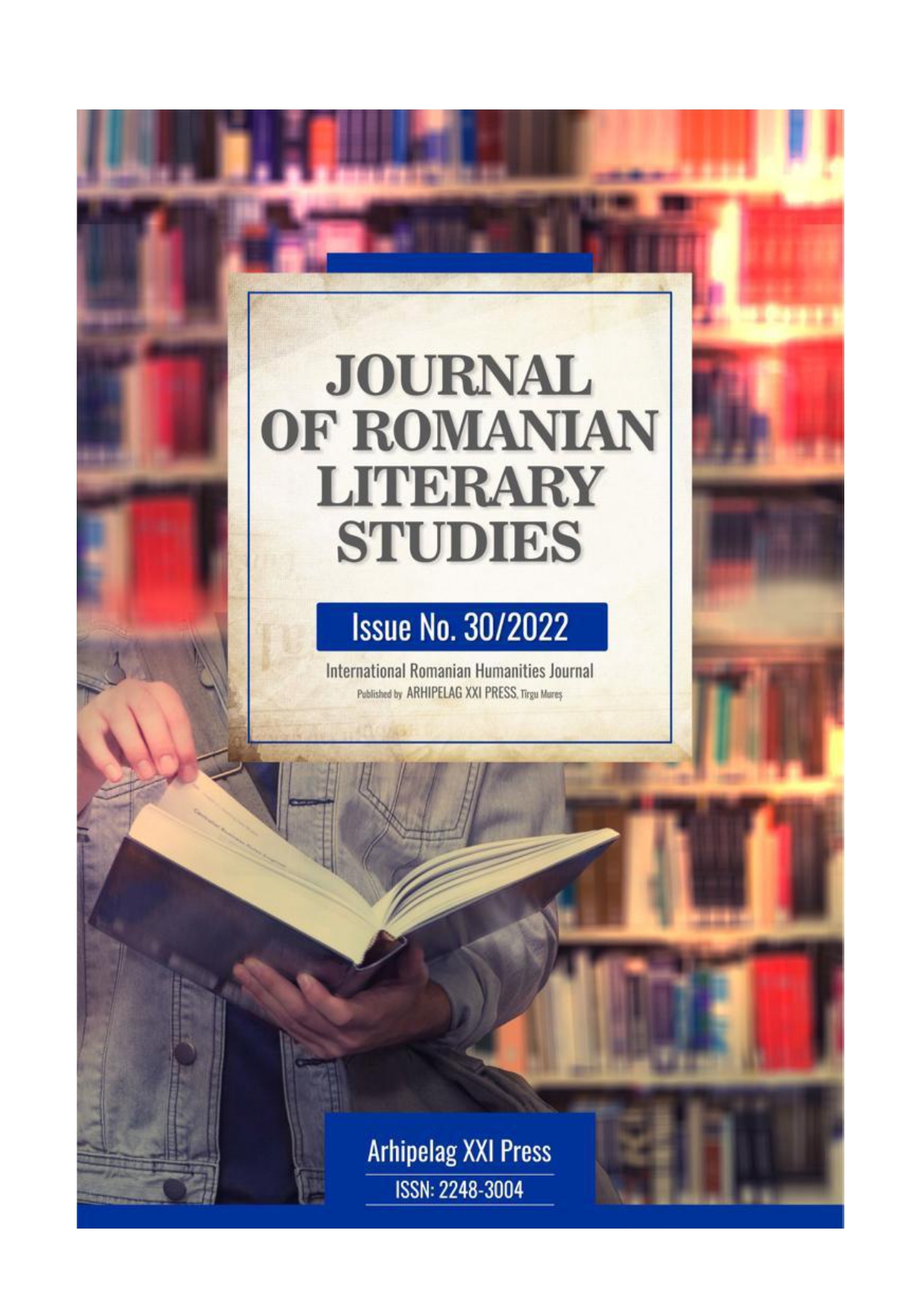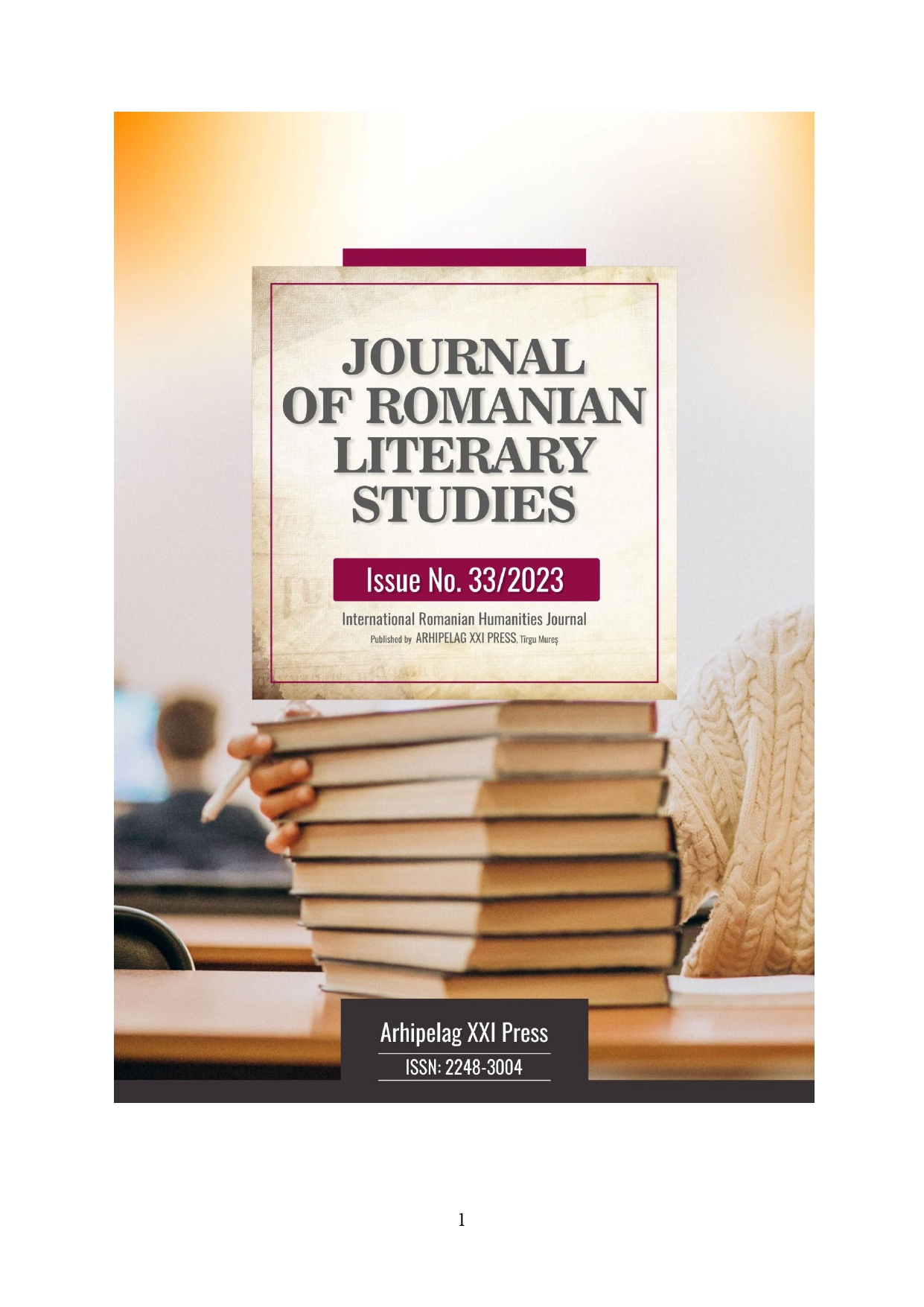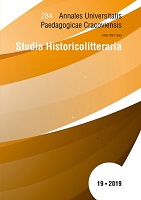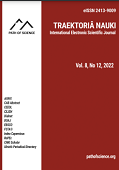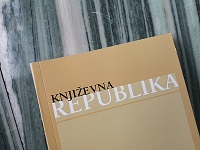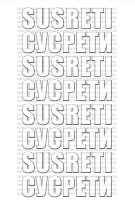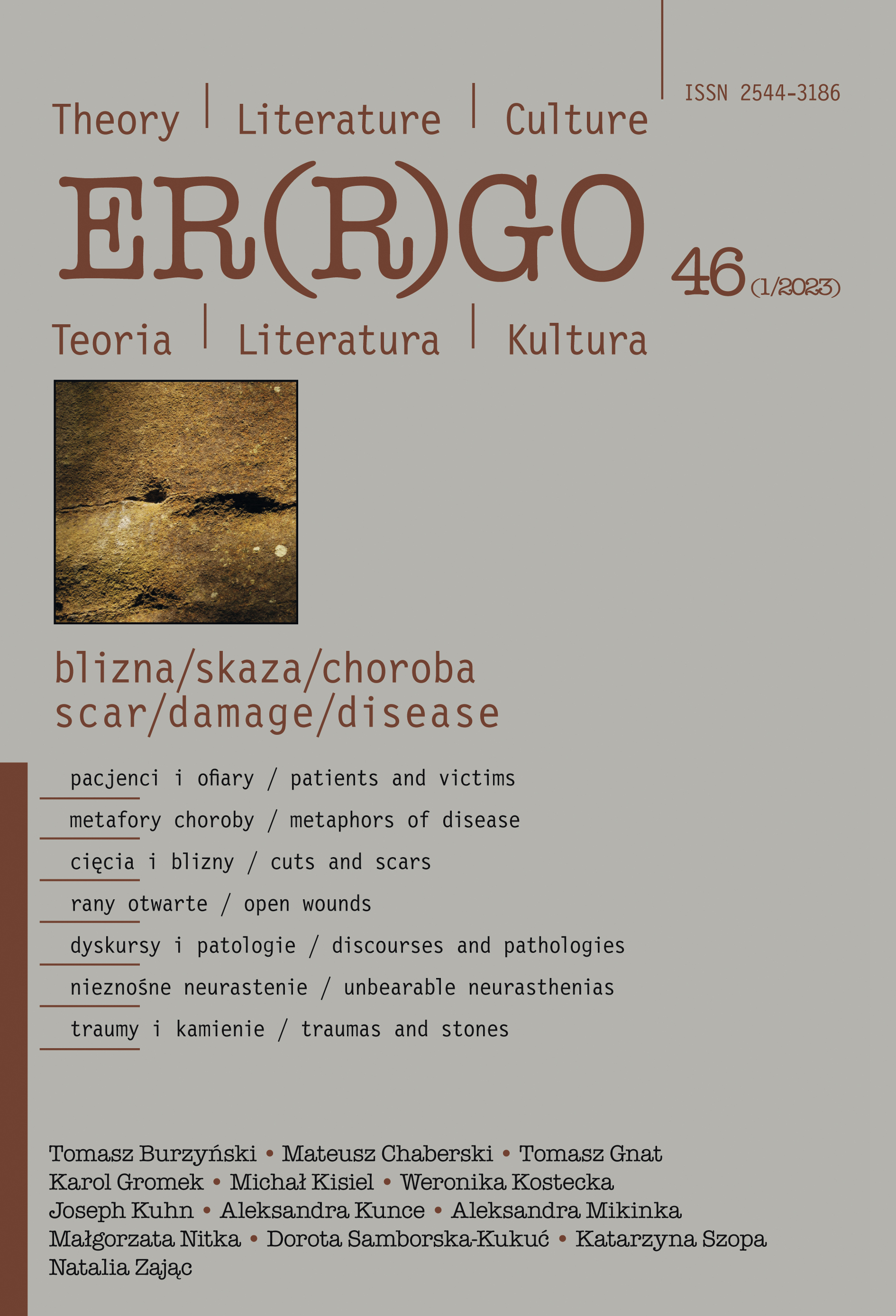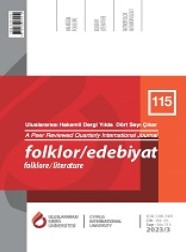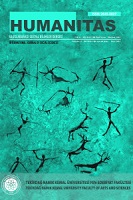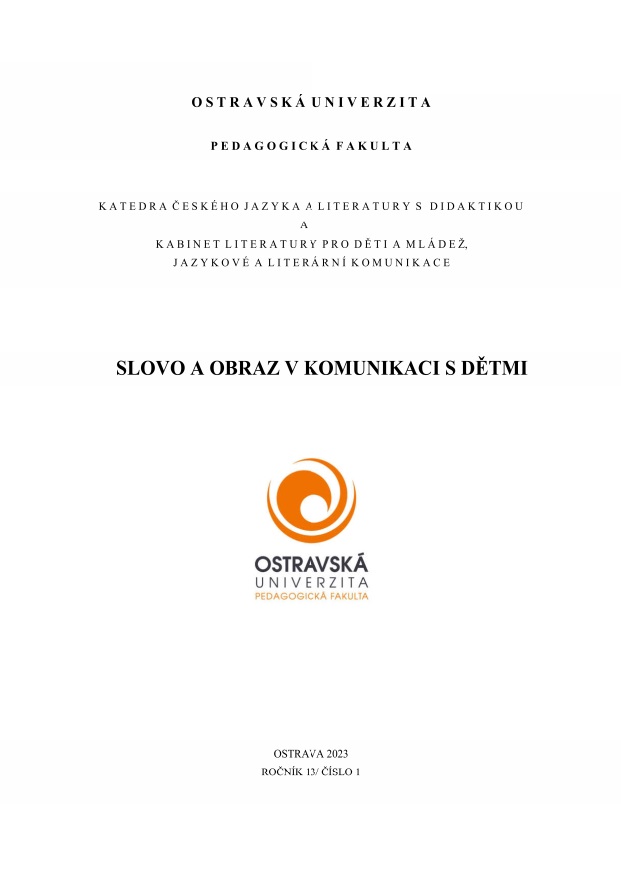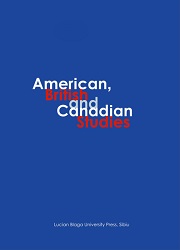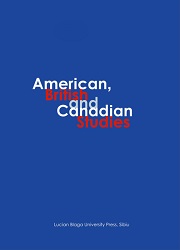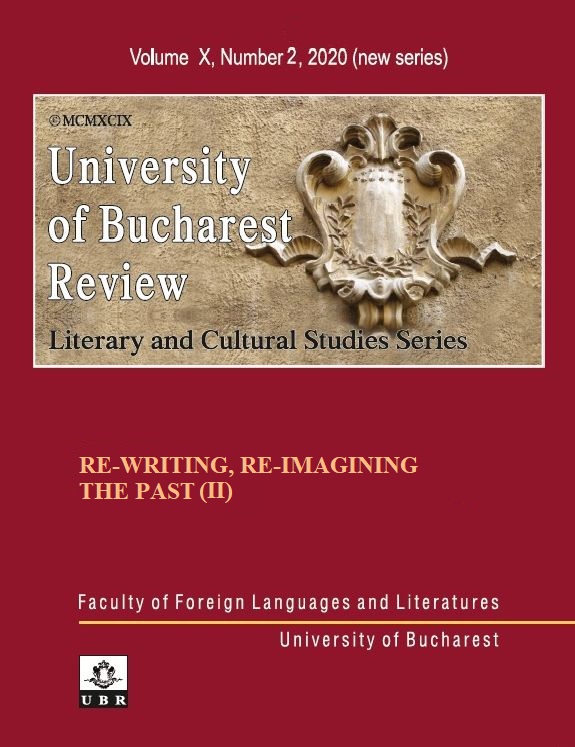
“The Play’s the Thing”: Re-imagining Shakespeare’s The Tempest in Forbidden Planet, Prospero’s Books and Hag-Seed
This paper examines a number of contemporary adaptations of The Tempest - Fred McLeod Wilcox’s Forbidden Planet (1956), Peter Greenaway’s Prospero’s Books (1991) and Margaret Atwood’s Hag-Seed (2016) - which indicate new avenues for exploring the phenomenon of past-and-present rebonding through re-telling. If adaptation theory suggests, at its best, that an adaptation may encourage the public to read the ad apted text, if unfamiliar, as Linda Hutcheon argues, these particular adaptations of Shakespeare’s play, I contend, take a step forward. Not only do they spur the ir readers/spectators on to (re) read The Tempest, but they elicit (re)considering the relationships amongst (certain of) Shakespeare’s plays. It is what happened to this author too whilst reading Hag-Seed, even before reaching the page where Atwood’s protagonist - Felix qua Prospero actor and figure - contemplates the opportunity offered by mounting The Tempest to unmask his usurpers. “The play’s the thing”, Felix thinks in Hamletian terms, allowing the readers familiar with Hamlet to complete mentally “wherein I’ll catch the conscience of the king”. More than being Shakespeare’s swan song, as typically regarded, The Tempest thus becomes the metatheatrical light on Hamlet’s own metatheatricality - also courtesy of the former’s adaptations.
More...
